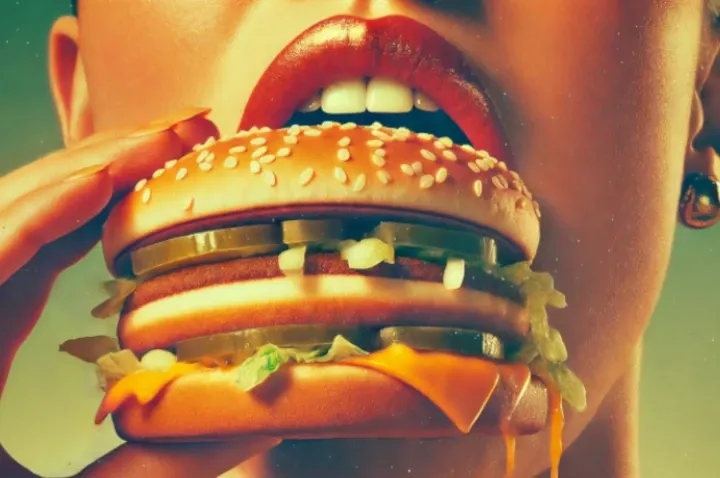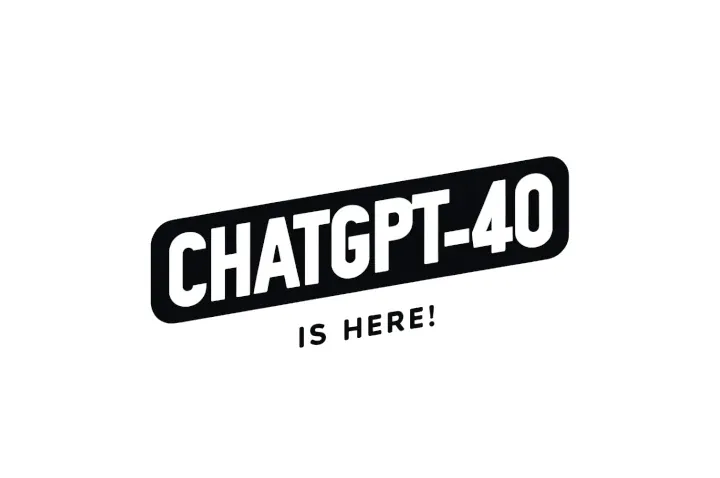How Many Bots Does It Take to Change a Lightbulb?
ChatGPT’s new voice and image analysis functions are capabilities we couldn’t have dreamed of: What are they and how can you use them?

"How many bots does it take to change a light bulb?" Might actually be a joke – albeit a bad one – amongst friends in the not not-so-distant future, thanks to the latest OpenAI enhancements.
Last week, OpenAI announced the evolution of ChatGPT to not only understand text-based prompts but to allow for back-and-forth spoken conversation with what OpenAI calls a "new text-to-speech model," as well as new image analysis and interpretation capabilities.
In fact, OpenAI claims that ChatGPT can now be used for a variety of everyday applications, such as teaching you how to change a lightbulb, recommending what to make for dinner based on what you have in the fridge, or troubleshooting why your car won’t start, all thanks to the upload of a photo.
How?
Photos can be uploaded by either selecting the camera option located to the left of the message bar and taking a fresh photo with your smartphone, or by selecting and uploading photos already on your device. Before uploading the image, you can use your finger to draw a circle around whatever task you’d like the chatbot to focus on.
So, why are these features making headlines?
Well, there are of course benefits galore! ChatGPT’s ability to process visual information opens up a world of possibilities for image-related tasks – like recipe creation based on a quick pic of the contents of your fridge. DIY will never be the same again if you can simply share a photo of the task in hand, ask what tools you need to get the job done and have the answer over to you in a matter of seconds.
The ability to ask image-based queries will also revolutionize how we search for information or shop online. Imagine snapping a picture of an unknown object, and ChatGPT instantly provides you with a description, price, and where to buy it. It's like having a personal shopper in your pocket.
Meanwhile, in audio land, imagine conversing with a chat bot actually worth talking to – one that not only understands your words but also responds with different AI-generated voices. OpenAI claims that with ChatGPT's AI voice options, ‘it's not just text anymore; it's a whole new auditory experience’, one where chat bots feel more natural and engaging. Whether you prefer a soothing voice for relaxation or an energetic one for a pep talk, you can customize your AI companion.
Wired magazine has described this new technology as ‘impressive and frightening,’ raising concerns around voice manipulation, privacy concerns – particularly for women and minorities – who could now in theory be found online with the upload of an unsolicited photo.
‘One of the major guardrails OpenAI put around this new feature is a limit on the chat bot’s ability to answer questions that identify humans. “I’m programmed to prioritize user privacy and safety. Identifying real people based on images, even if they are famous, is restricted in order to maintain these priorities.”’ – Wired magazine, 30 September 2023
Embracing the Unknown:
It’s understandable why we might feel a bit apprehensive about the future of AI. When ChatGPT launched, these functions could never have been imagined as the next phase, and we can’t begin to predict how the technology will evolve in the next year alone.
However, it’s important to remember that this technology is a tool—a powerful one, but a tool nonetheless – but rather than fearing it, are there ways (that we could never have dreamed up a year ago) that smaller businesses might work with ChatGPTs new functions to enhance their customer experience or grow their business? Here are three that we can think of…
1. Content Generation and Social Media Marketing:
Side hustlers might consider using ChatGPT's visual analysis tool to generate high-quality, eye-catching visual content for their social media platforms. By providing the tool with descriptions or themes, it can create graphics, images, or infographics that are visually appealing and align with the brand's messaging.
Consistent and engaging content on platforms like Instagram or Facebook can help attract and retain followers, leading to increased brand visibility and customer engagement.
2. Product Recognition and Recommendations:
For e-commerce startups, the visual analysis tool can be employed to enhance the shopping experience for customers. When customers upload pictures of products they are interested in, the tool can identify the items and offer related recommendations or cross-sell opportunities. This personalization can lead to higher conversion rates and customer satisfaction, ultimately driving growth.
3. Customer Support and Engagement:
ChatGPT's visual analysis tool can be integrated into customer support functions on a startup's website or app. Customers can use it to share images or videos of issues they are experiencing with the product. The tool can then provide instant troubleshooting guidance or escalate more complex cases to human support agents. This level of personalized and immediate assistance can improve customer satisfaction, reduce churn, and build brand loyalty.

Trademark Disclaimer
All trademarks and brand names are the property of their respective owners. All company, product and service names used in this post are for identification purposes only. Use of these names, trademarks and brands does not imply endorsement.



